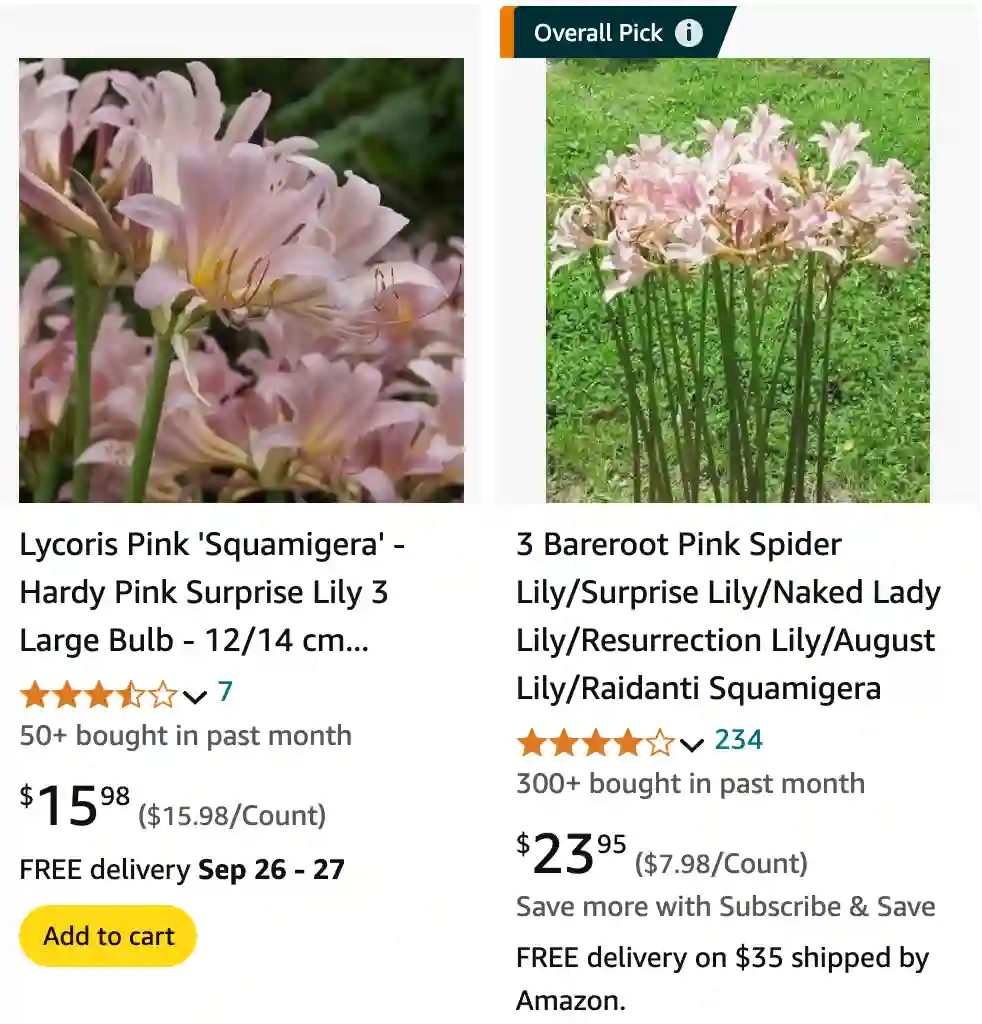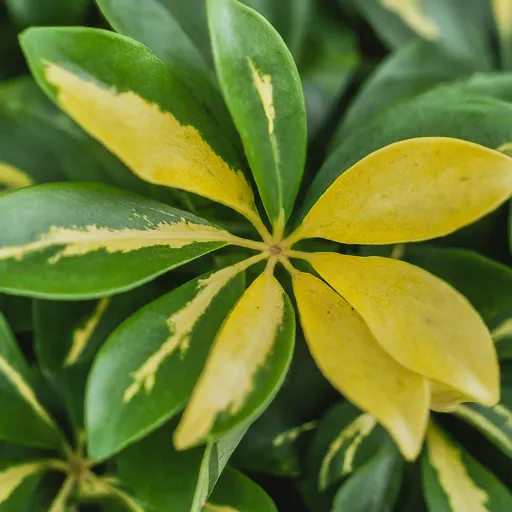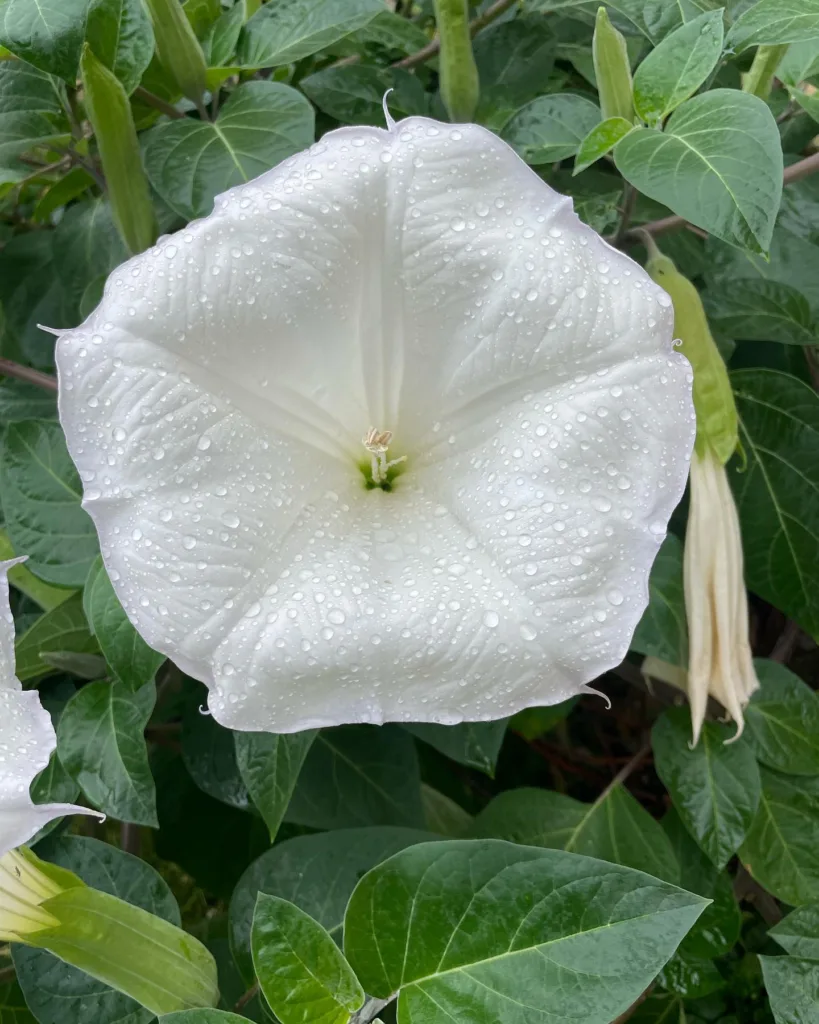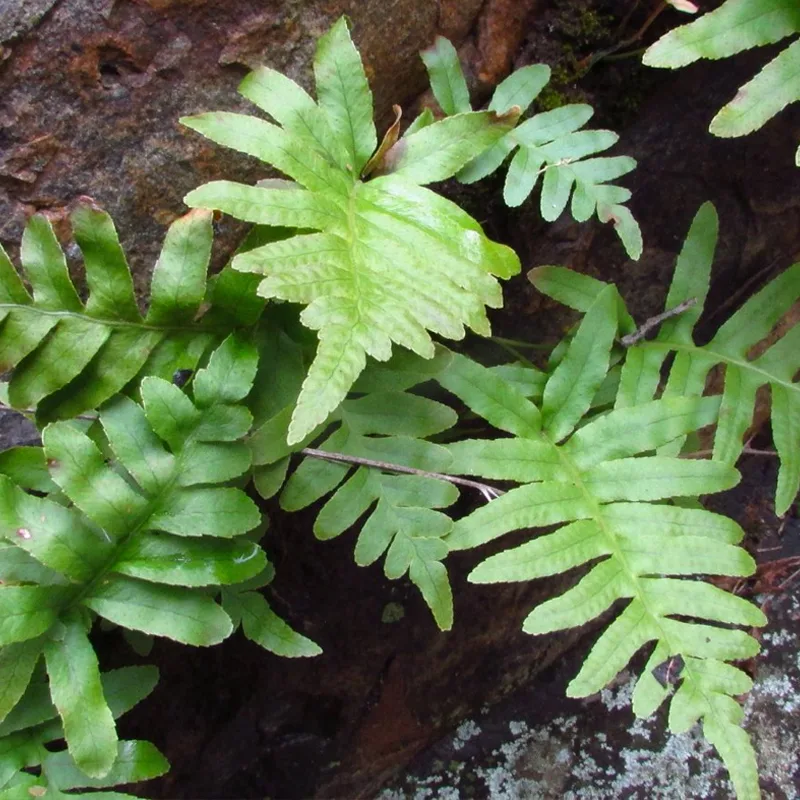
FAQs About Lycoris Squamigera: What You Need to Know
If you’re considering adding Lycoris Squamigera to your garden, you’re probably wondering about a few key aspects of this intriguing plant. Having grown Lycoris Squamigera myself, I’ve encountered many questions that fellow gardeners often ask. Here’s a comprehensive guide based on my experiences and research.
29 Species in Genus Lycoris
When to Plant Lycoris Squamigera?
Timing is crucial for planting Lycoris Squamigera, also known as the Naked Lady or Surprise Lily. I’ve found that the best time to plant these bulbs is in the fall, around September to October. Planting in fall allows the bulbs to establish roots before winter, leading to a more robust bloom in summer.
How Tall Do Lycoris Squamigera Grow?
One of the fascinating aspects of Lycoris Squamigera is its height. These plants typically grow to about 12 to 18 inches tall. They have a unique growth pattern where the foliage emerges after the flowers, giving them their distinctive “naked” appearance during blooming.
How to Plant Lycoris Squamigera Bulbs?
Planting Lycoris Squamigera bulbs is straightforward, but there are a few key steps to ensure success. Here’s how I do it:
- Choose the Right Spot: Select a well-draining location with full sun to partial shade. Lycoris Squamigera prefers a sunny spot but can tolerate some shade.
- Prepare the Soil: Loosen the soil and mix in some organic matter to improve drainage. These bulbs don’t like sitting in waterlogged soil.
- Plant the Bulbs: Dig holes about 4 to 6 inches deep and space them 6 to 8 inches apart. Place the bulbs with the pointed end up and cover them with soil.
- Watering: Water the bulbs lightly after planting to help them settle in. After this initial watering, they usually don’t need much water until they start to sprout.
Is Lycoris Squamigera a Good Cut Flower?
In my experience, Lycoris Squamigera is not typically used as a cut flower. The flowers are beautiful and unique, but they have a relatively short vase life compared to other flowers. They are best enjoyed in the garden where their striking blooms can make a dramatic statement.
Where to Purchase Lycoris Squamigera?
You can purchase Lycoris Squamigera bulbs from various sources. I’ve had success buying from specialty bulb nurseries, online garden stores, and even local plant sales. It’s important to buy from reputable sources to ensure you get healthy bulbs.
Lycoris Squamigera vs Amaryllis Belladonna
Comparing Lycoris Squamigera to Amaryllis Belladonna, also known as the Belladonna Lily, is common among gardeners. Both plants have similar characteristics, such as their striking blooms that appear without foliage. However, there are differences:
- Bloom Time: Lycoris Squamigera typically blooms in mid to late summer, while Amaryllis Belladonna flowers appear in late summer to early fall.
- Appearance: Lycoris Squamigera flowers are usually pink with six petal-like segments, while Amaryllis Belladonna flowers are often larger and have a more funnel-shaped appearance.
- Growing Conditions: Both plants prefer well-drained soil and full sun but may have slightly different soil requirements and hardiness zones.
How to Care for Lycoris Squamigera?
Caring for Lycoris Squamigera involves a few key practices:
- Watering: These plants are relatively low maintenance once established. Water them during dry periods but avoid overwatering.
- Fertilizing: Apply a balanced fertilizer in early spring to encourage healthy growth.
- Winter Care: In colder climates, mulch around the base of the plants to protect the bulbs from freezing temperatures.
How to Propagate Lycoris Squamigera?
Propagation of Lycoris Squamigera is generally done through bulb offsets. Over time, the bulbs produce offsets, which can be separated and replanted. Here’s how I propagate them:
- Dig Up the Bulbs: After the foliage dies back in late fall, carefully dig up the bulbs.
- Separate Offsets: Gently separate the offsets from the main bulb.
- Replant: Plant the offsets in a new location or pot them up for future use.
What to Plant With Lycoris Squamigera?
Lycoris Squamigera pairs well with other summer-blooming perennials and ornamental grasses. I’ve found that they look great next to:
- Daylilies: Their blooms complement each other, creating a vibrant display.
- Hostas: The foliage of Hostas can help fill in the space around the Lycoris bulbs as they go dormant.
Can You Grow Lycoris Squamigera Indoors?
While Lycoris Squamigera is typically grown outdoors, it’s possible to grow them indoors in pots. Ensure they receive enough light and provide them with a cool, dry period similar to their natural dormant phase.
Is Lycoris Squamigera Toxic?
Lycoris Squamigera is not known to be highly toxic to humans or pets. However, it’s always a good idea to handle plants with care and keep them out of reach of small children and pets.
Benefits of Growing Lycoris Squamigera
Growing Lycoris Squamigera offers several benefits:
- Unique Appearance: Their striking, unexpected blooms make them a conversation piece in the garden.
- Low Maintenance: Once established, they require minimal care.
Common Problems
Some common issues with Lycoris Squamigera include:
- Bulb Rot: Ensure proper drainage to prevent rot.
- Pests: Watch for common garden pests that may affect the bulbs or foliage.
In summary, Lycoris Squamigera is a delightful addition to any garden, offering unique blooms and relatively low maintenance. By following the tips above, you can ensure a successful and beautiful display.
If i die, water my plants!



